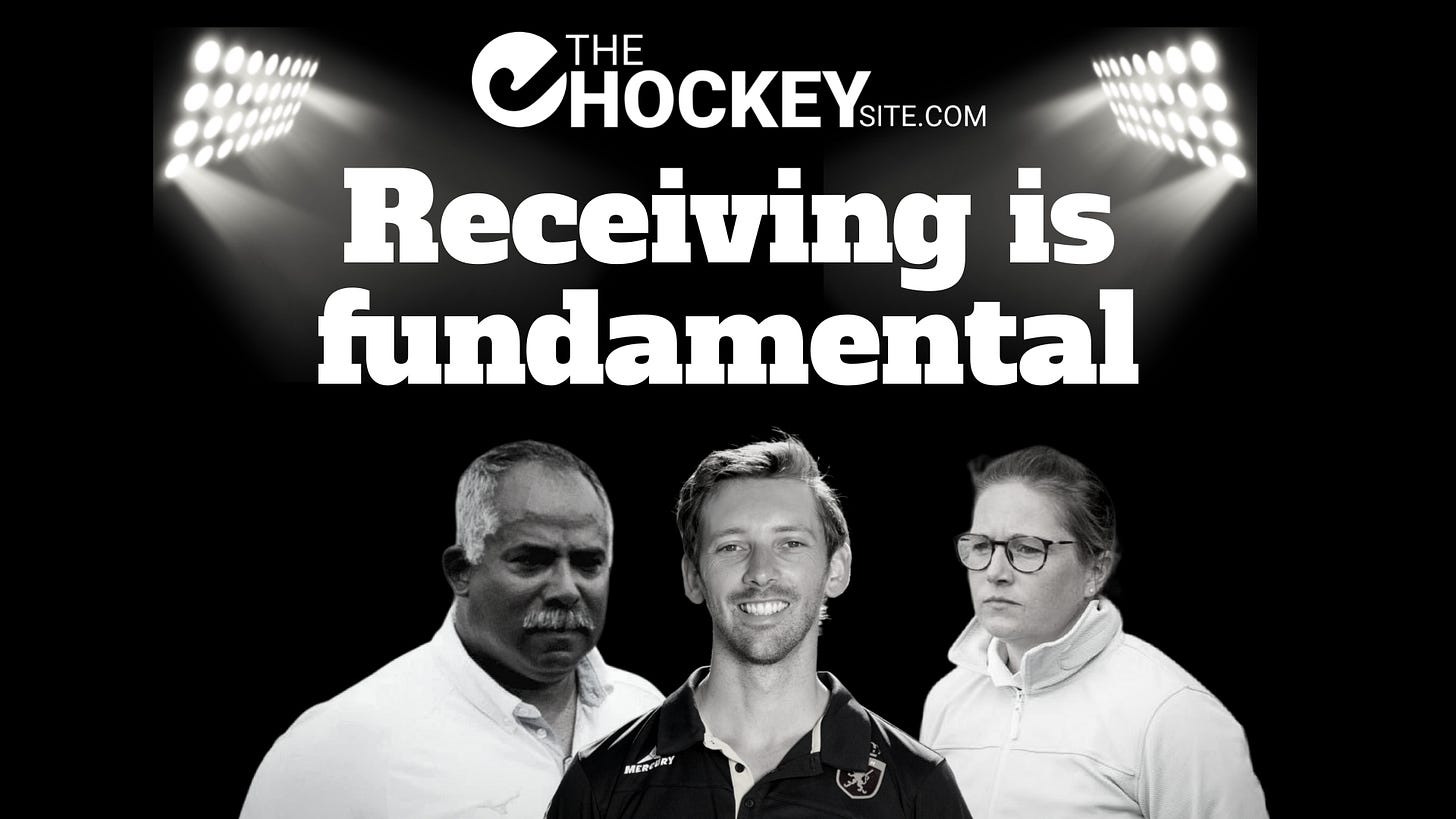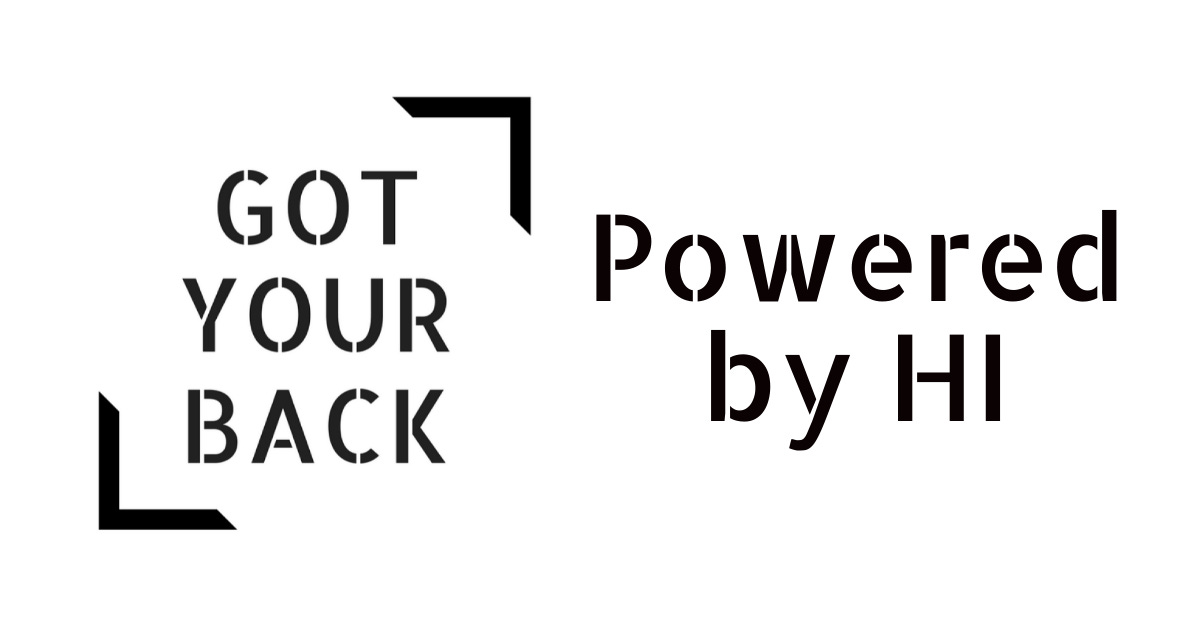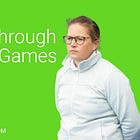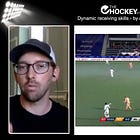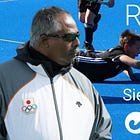Receiving is fundamental
We break down some insights from international coaches about receiving in field hockey
Training receiving skills and choices is a fundamental aspect of hockey, and it requires a blend of technical precision, tactical awareness, and decision-making. Insights from several of our masterclasses on receiving provide a comprehensive framework for this. Let’s break it down…
Start with Technical Foundations
One of our coaches emphasized the importance of layering skills progressively. Begin with the basics of receiving, ensuring players can control the ball effectively in different scenarios.
Key Skills to Train:
Cushioning the Ball: Teach players to receive the ball softly, absorbing its momentum to maintain control.
Receiving Across the Body: Practice receiving on the forehand and reverse, moving the ball across the body to open up play.
3D Receiving: Introduce lifts and aerial receptions to prepare players for high-pressure situations.
Example Drill:
Set up cones in a zigzag pattern. Players receive passes while moving laterally, focusing on controlling the ball across their body and positioning themselves for the next action.
Dynamic Receiving for Game-Like Scenarios
Another coach highlighted the importance of dynamic receiving to maintain speed and break defensive lines. This involves receiving the ball while on the move and making quick decisions.
Key Principles:
Body Profile: Players should position their body to face the direction they want to play, keeping their options open.
Receiving Between Lines: Train players to find and exploit spaces between defensive lines.
Small Ball Manipulations: Teach subtle movements to draw defenders and create space.
Example Drill:
Create a 3v2 scenario where attackers must receive the ball dynamically and progress it past the defenders. Encourage players to scan the field before receiving and use their first touch to eliminate pressure.
Incorporate Decision-Making
Receiving is not just about technical execution—it’s about making the right choices under pressure. Our coaches insights on training choices highlight the importance of trial and error in developing decision-making skills.
Key Focus Areas:
Perception-Action Loop: Train players to scan the field, anticipate the next action, and execute accordingly.
Trial and Error: Use game-like scenarios to allow players to experiment and learn from their mistakes.
Feedback: Provide immediate, specific feedback to reinforce good decisions and correct errors.
Example Drill:
Set up a small-sided game where players earn points for successful receptions that lead to goal-scoring opportunities. Vary the defensive pressure to challenge their decision-making.
Use Small-Sided Games
Several coaches emphasized the value of small-sided games (SSG) for training receiving skills in a tactical context. These games simulate match conditions and encourage players to apply their skills under pressure.
Example Game: A 5v5 game on a half-pitch. Focus on receiving skills by awarding points for successful receptions that break defensive lines or lead to quick transitions. Use constraints, such as limiting touches or requiring players to receive on their reverse, to emphasize specific skills.
Progress to Full-Field Scenarios once players have mastered receiving skills in smaller settings. Transition to full-field games to integrate these skills into broader tactical frameworks.
Example Scenario: Play an 11v11 game where the focus is on outletting and midfield play. Encourage players to receive dynamically and make quick decisions to maintain the flow of play.
Final Thoughts
Training receiving skills and choices requires a balance of technical drills, dynamic scenarios, and game-like situations. Start with the basics, build up to dynamic receiving, and incorporate decision-making through trial and error. Use small-sided games to simulate match conditions and provide targeted feedback to help players refine their skills.
For more detailed insights, I recommend accessing the sources mentioned below at The Hockey Site. If you’d like personalized coaching support, you can book a session with a top coach via https://gotyourback.app.
If you're looking for an answer to your own coaching questions, ask your question here to get an answer based upon the many, many talks I had with some of the best coaching minds in the game of hockey 🏑
Sources:
Masterclasses by Lisa Letchford, Andrew Wilson and Siegfried Aikman




